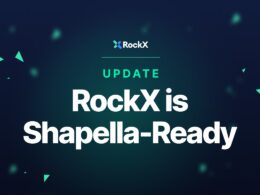Everyone appears to be interested in programmable money, but what does this mean?
With the evolution of the financial system and after being introduced to the amazing potential benefits that we can get from the world of decentralized finance, there is no going back. However, the volatility of cryptocurrencies and their complexities does not make it easy for every user.
Enter programmable money in the form of stable coins.
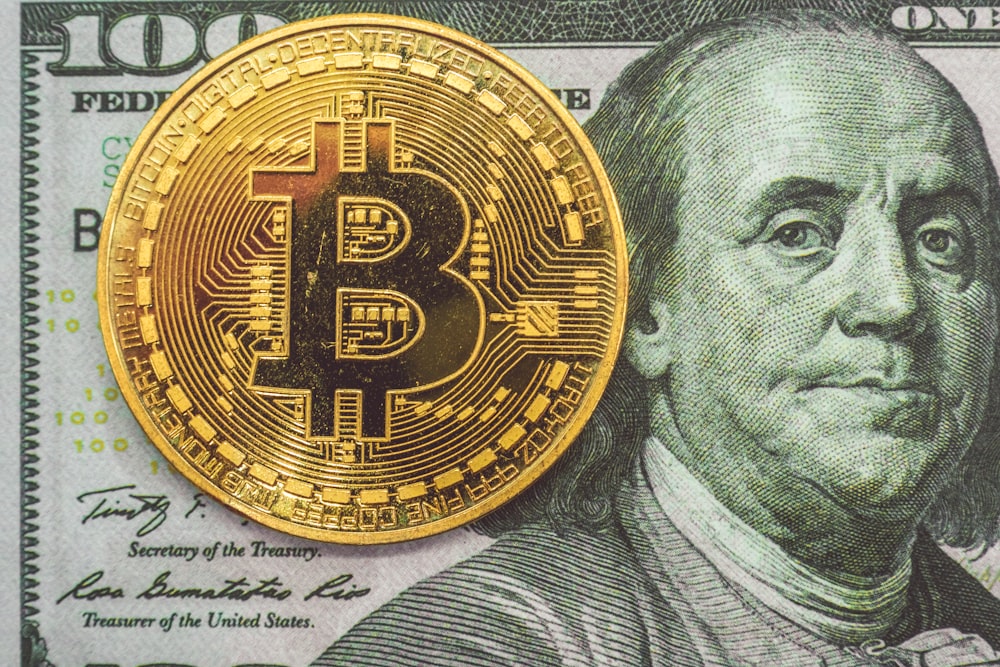
Stablecoins are certainly the next big thing for the global financial world. They introduce the stability of FIAT currencies along with the benefits of cryptocurrencies. As a result, what we get is a much more efficient, rewarding, transparent, reliable, and just system.
What is programmable money?
Simply put, programmable money is money issued by someone – an issuer – that operates in a specific manner and has certain limitations regardless of who “owns” it at any given time. For example, the USD at Citibank is not the same as USD at JP Morgan. They are two different things:
- Citibank controls the Citibank dollars, and JP Morgan controls the JP Morgan dollars. This implies that if the money behaves in a specific manner, both banks must use the same logic and limitations.
- The Citibank dollars are a distinct legal and practical instrument than the JP Morgan dollars. Citibank dollars represent a legal arrangement in which Citibank owes us dollars; Similarly, JP Morgan dollars represent a legal deal in which JP Morgan owes us dollars.
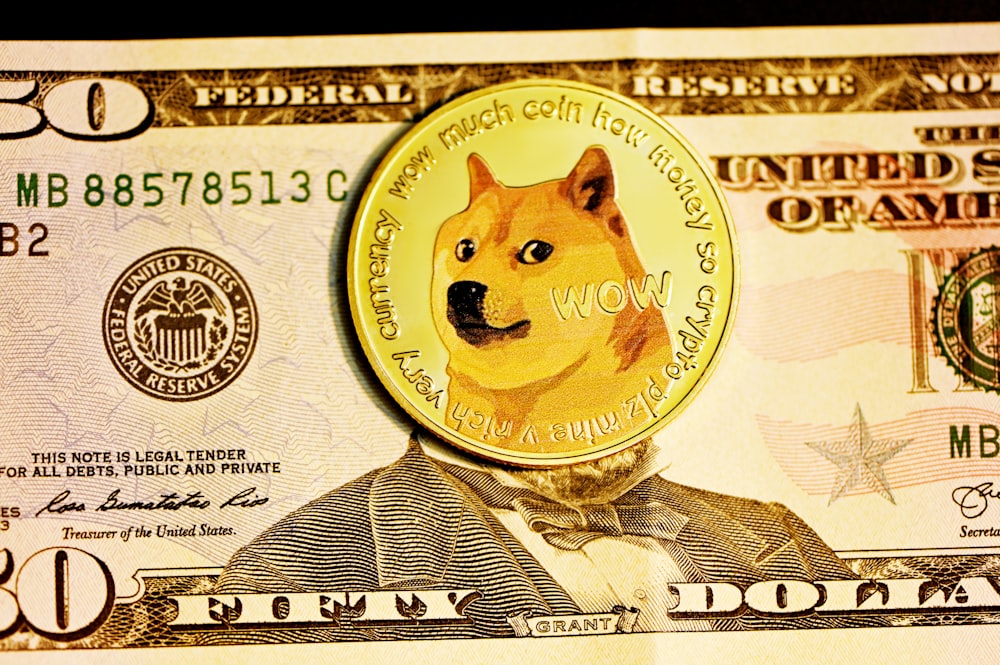
As a result, money, which is owned by all of these diverse entities, acts differently. So, this can be understood as programmable money where the entities have the right to program the money according to their goals.
Benefits of programmable money
As you have understood, programmable money is money that has control logic built into it. This is accomplished at the smart contract level. A smart contract is generally a collection of code that is executed by all blockchain network members that defines:
- The monetary qualities (Like no of units, who initially owns it, and more)
- How users can interact with money (ask for a balance, make a payment, etc.).
However, the limitations are written into the second portion of the smart contract so that any payment requests are subject to those constraints. This is regardless of who is in control of the money at the moment.
As a result of using this money, transfers can be made to specified destinations without any fuss. Moreover, when this special purpose money arrives at its destination, it can be “redeemed” for general-purpose money. This can be regarded as the unique quality of programmable money.

You can generate money that cannot be transferred without extra information. For example, proof that the payment is to support an import or export transaction.
Similarly, you can use this to restrict wallet balances or money movements. For example, a recipient’s balance cannot exceed $2,500, no payment can exceed $50, and no account can send or receive more than $1,500 each day. Again, these types of restrictions can be applied with programmable money.
The options are virtually limitless with programmable money.
Algorithmic stablecoins and programmable money
Algorithmic stablecoins are tokens that are linked to a fiat currency, most often the US dollar. They are considered programmable money as they react to market developments by enacting predefined stabilizing measures that are hardcoded into smart contracts. This improves their decentralization and gives them the chance to develop a smart, quick, and responsive global currency that is not regulated by a single organization and can serve as a means of trade of value.

Similarly, smart contracts have paved the way for stablecoins to be used in smooth trading and in loans, payments, insurance, prediction markets, and decentralized autonomous organizations that function with little human involvement.
Stablecoins as programmable money
A stablecoin is a virtual currency whose value is linked to an external asset, such as the US dollar or gold, to stabilize the price. The digital dollar stablecoins as programmable money allow them to function as a vital engine in the digital payments arena in two ways:
- Stablecoins serve as the foundation for programmable money by generating a digital dollar that can be used on these networks. Blockchains serve as the foundation for developing code that interacts with digital assets such as stablecoins.
- Stablecoins, such as USDC, function as programmable money in the same way as uploading a photo over the internet or writing a blog. This creates a world where value transfers mirror the web, with a widespread unrestricted exchange of value from everyone to anyone on the internet.
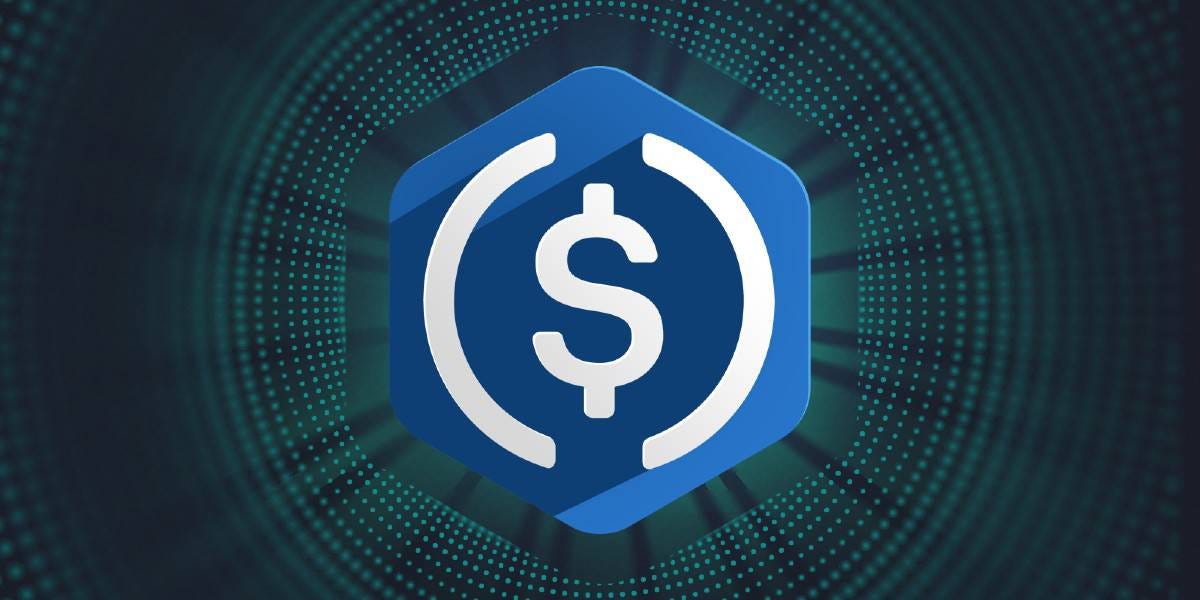
Therefore, digital stablecoins blend openness, global reach, and programmability of cryptocurrencies with the price stability of a stable asset.
Stablecoins have become a natural fit for the modern financial world. However, even stablecoins have their instability. Due to the lack of a defined technical mechanism, stablecoins have faced significant criticism.
This is where we look at Terra, a Blockchain dedicated to making stablecoins possible.
The opportunity with Terra
Simply explained, Terra is a blockchain with stablecoins. Terra was primarily developed to give a direction to the growing world of stablecoins by providing a better, advanced framework for developing and using them.
Terra provides a smooth payment model, aiming to put aside the complications present in the payment solutions and introduce a more unified blockchain layer. Thus, the primary objective is to introduce a decentralized, secure, and efficient payment system.
The primary role of Terra’s native currency, LUNA, is to collateralize the Smart Contracts present in the applications built on Terra. With the continuous support from programmable money, even Terra has made itself one of the greatest assets in the new era of economy and technology.
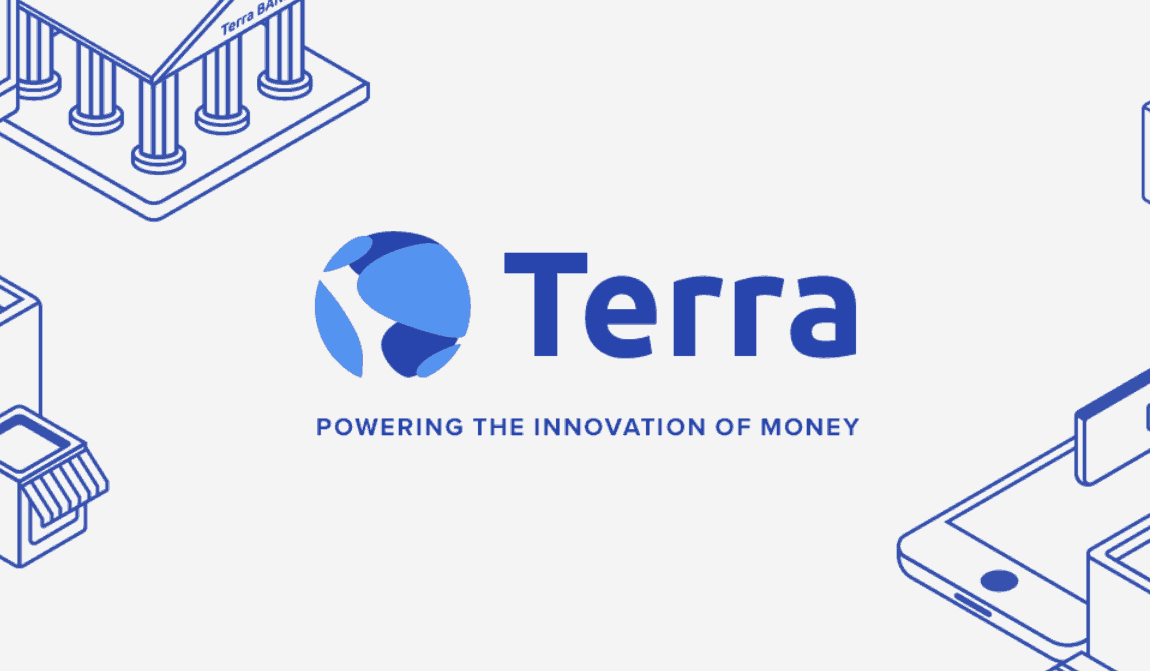
Terra runs its network of blockchain, which is based on the Tendermint BFT protocol. The algorithm of Terra works very conveniently for the LUNA traders. They stake their coins indirectly by delegating their assets to a validator who stakes on their behalf. Terra then handpicks their own validators via a voting system; where the top 100 validators are then selected. Even with minimal validators, the Terra blockchain system does wonders.
Terra doesn’t function like Bitcoin or Ethereum; rather. Instead, it has a centralized network, unlike other blockchain systems. It uses Cosmos SDK for the creation of platforms that build interoperable applications. Terra also uses CosmWasm that enables the creators to pinch into any blockchain system without further configuration.
The future of programmable money
Programmable money can be the future since it attempts to tackle a wide range of issues. Stablecoins might be one of its use cases, aiming to create a crypto economy with cheap costs, safe transactions, and partial or total anonymity.
As you venture into stablecoins, you will discover programmable money use cases that are worthy to recognize, with Terra being a project that is worth looking into. WIth 11.23% yields as of publishing this content, token holders and investors would be smart to start staking into LUNA, Terra’s token and join the transformative nature of programmable money.








